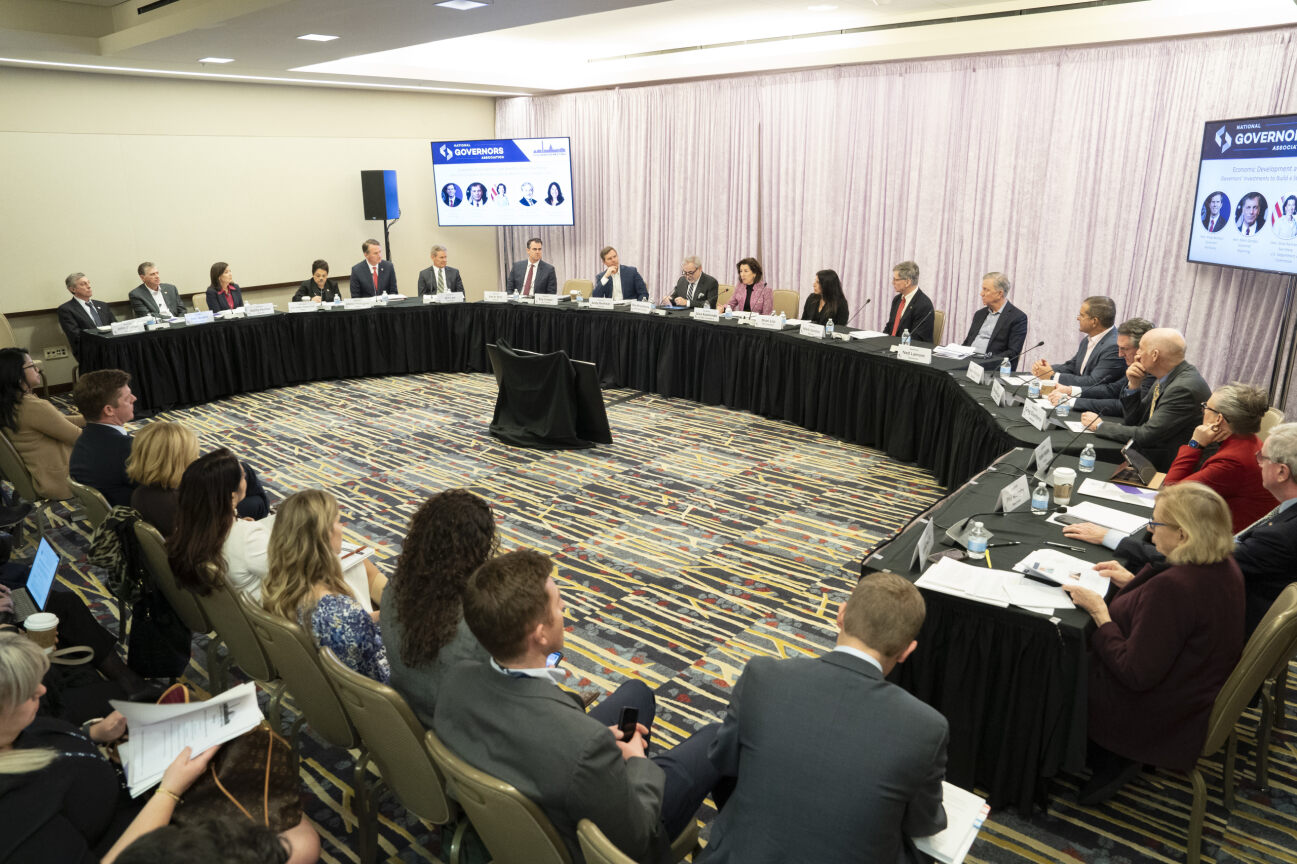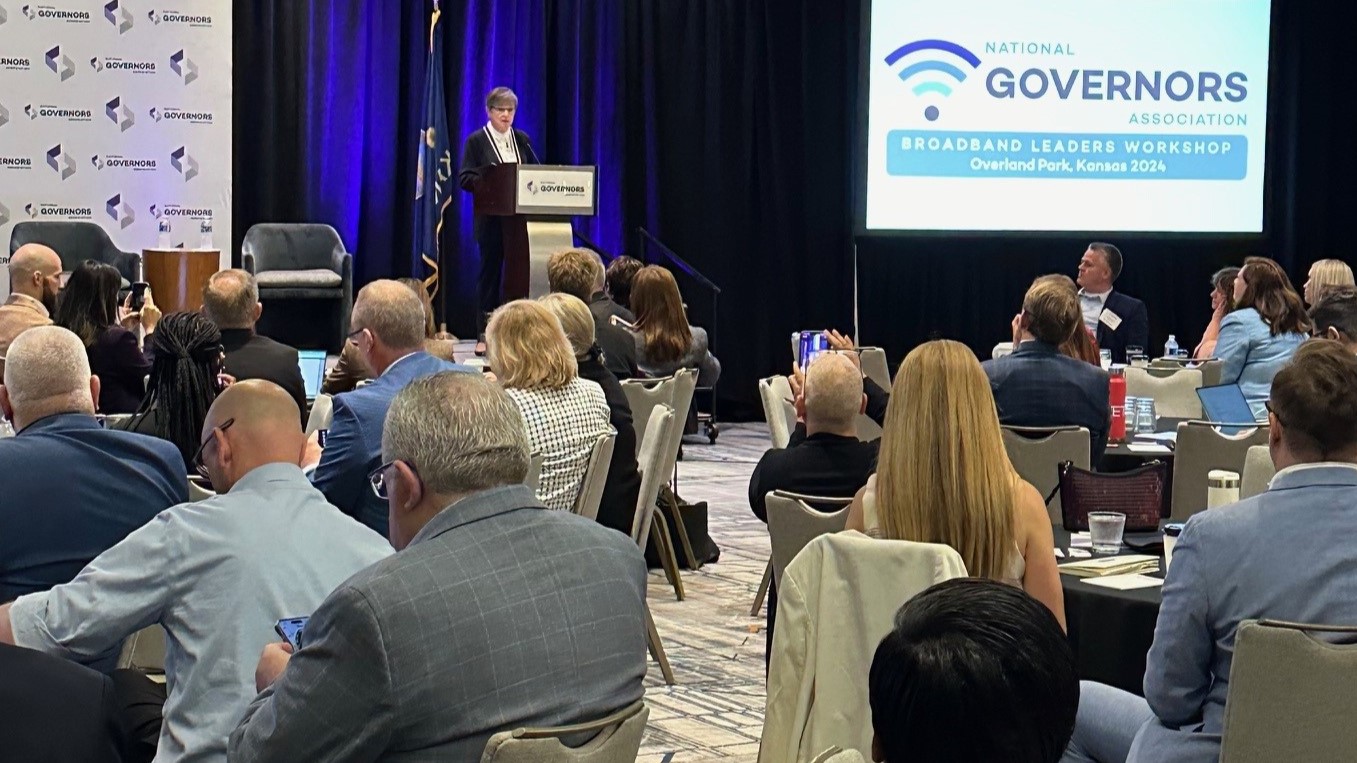
We’re all too familiar with the stories of rural areas that didn’t rebound from the last recession, where families are struggling to make ends meet and prospects for future growth look bleak. But there’s a different story emerging across America that offers solutions and hope. It’s a story of rural vibrancy, economic opportunity and community resilience catalyzed by a uniquely potent asset: the creative sector.
In the Appalachian coalfields of eastern Kentucky, for example, Appalshop fuses technology and art to tell the story of an often overlooked and misunderstood region. The nonprofit’s media-production facilities, 150-seat community theater and art gallery pump $1.5 million a year into the economy of a region beset by some of the nation’s highest poverty rates.
Hundreds of miles away, the Clay Trail, the Fiber Arts Trail and other arts trails crisscrossing New Mexico function not only as living museums of traditions that predate the founding of the United States but also as key economic drivers in a state that, like Kentucky, can seem worlds away from the booming coastal metropolises where arts and culture are taken for granted. Across New Mexico, arts and culture account for $5.6 billion in annual economic activity and one in every 10 jobs.
These benefits are replicated across wide swaths of rural America. Governments have partnered with nonprofits, entrepreneurs and artists on projects that enhance local identity and pride, celebrate uniquely American traditions, counteract stereotypes, and strengthen local and regional economies in areas that sometimes are left out of the national conversation.
In a new study and action guide, the National Governors Association, the National Endowment for the Arts and the National Assembly of State Arts Agencies report that of the $763 billion that the arts and cultural sectors contributed to the nation’s gross domestic product in 2015, some $67.5 billion came from states in which 30 percent or more of the population lives in rural areas. Arts and cultural production in rural states employed nearly 628,500 workers that year.
The uneven recovery from the Great Recession has spurred a much-needed national conversation about the future of rural areas. Automation, globalization, the opioid epidemic, and inequities in educational systems and infrastructure have left many rural communities in increasingly perilous conditions as many urban and suburban centers have thrived. While the arts are not the answer to all of rural America’s woes, our research shows they can be an important component of building regional economies along with pride of place.
For instance, Walterboro, S.C.’s Colleton Museum, Farmers Market and Commercial Kitchen is a thriving hub of social, creative and economic opportunities that attracts about 20,000 visitors a year to a community of 5,500 residents. The kitchen alone employs 50 people. They are among about 115,000 South Carolinians who work in arts-related occupations, and the economic output generated by this sector in the state has been estimated at more than $9.7 billion a year.
While artists and entrepreneurs bring tremendous creative and marketing assets to the table, our research shows that federal, state and local governments also have important roles to play. Georgia is among states that have invested in efforts to quantify the overall economic impact of the arts, which can inform decisions on grants, tax incentives and other policies to stimulate the creative sector. Ohio budgeted $30 million in 2016 on projects to build and renovate spaces for arts and culture, with the dual benefit of spurring growth in the creative sector and giving new life to abandoned warehouses and other properties. Utah Gov. Gary Herbert’s administration awards state tax credits to donors to nonprofit organizations, including museums and theaters, that yield economic benefits in rural enterprise zones.
The National Governors Association and our partners evaluated and recommended strategies for nurturing the growth of creative economies in rural areas as part of our commitment to working across state and party lines to provide information-sharing and policy guidance that makes a positive difference to states and their residents. Our new guide spotlights and celebrates the efforts of individual states and communities while providing a broader policy framework for replicating their successes.
Just as Alaska’s Native communities differ from the towns that dot the Mississippi River Delta, there is no one-size-fits-all strategy for leveraging the unique creative assets of rural communities to reinforce regional identity and enhance economic opportunities. Distant from the urban centers that define highbrow and popular culture to many, the towns and hamlets that make up most of the country’s landmass are defying stereotypes, putting people to work and contributing in myriad ways to our uniquely American story.













